I've been tagged! Bebe over at Peaches and Dreams has asked me to reveal seven things about myself.
1. My favourite flowers are orchids. I know...being a big earth-friendly artsy-craftsy person I should name some kind of non-hot house flower, but I just adore orchids and have since I was a kid. They are my favourite houseplants--so beautiful and the flowers last forever!
2. The only food that I really detest is Salmon. It's a sacrilege--I come from the Pacific Northwest and I won't eat one of our most celebrated foods!
3. I have a deeply engrained hatred for painted wood. It drives my batty! When I was a kid my mom painted all of the wood furniture in our house white (or blue!). It made me cry (*edit* my mom would like everyone to know that she only painted furniture white as a last resort). It's funny, too, because I actully love the look of shabby chic, just not the painted furniture part (I suppose it's okay when the wood is really, really cheap or in bad shape, but otherwise I can't stand it!).
4. I am addicted to U.S. politics. I try not to talk about the news because I am so passionate about it (I never argue with people unless I know them really well--or not at all--). My husband makes fun of me--he can tell when I've been watching CNN because I'm in such a mood afterwards!
5. I also love watching the stock market. It started when I was a kid and my Grandfather would sit with me and try to explain stock splits and dividends. If I had more money I would play on the market all day! (I should probably steer clear of gambling).
6. Although I've never played a sport, I absolutely love watching the beautiful game--soccer (or football, as it's properly called in Great Britain and most of the rest of the world). I've tried to become a hockey fan but it's just not in me.
7. I have reduced my coffee consumption to a sensible single cup a day, but in college I drank about 16 shots of espresso a day. Yikes!
And there you have it! Now it's my turn to tag 7 friends.
1. Fete et Fleur
2. The Beauty of Life
3. Pink Purl
4. Keep Up With Me
5. Vivian In Stitches
6. Loving Her Beautiful
7. Wanderulust and Pixie Dust
THE RULES:
1. Once you are tagged, link back to the person that tagged you.
2. Post THE RULES on your blog.
3.Post 7 weird or random facts about yourself on your blog.
4. Tag 7 people and link to them.
5. Comment on their blog to let them know they have been tagged.

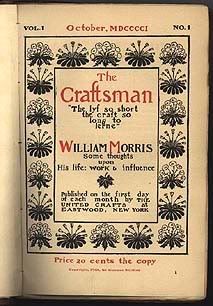


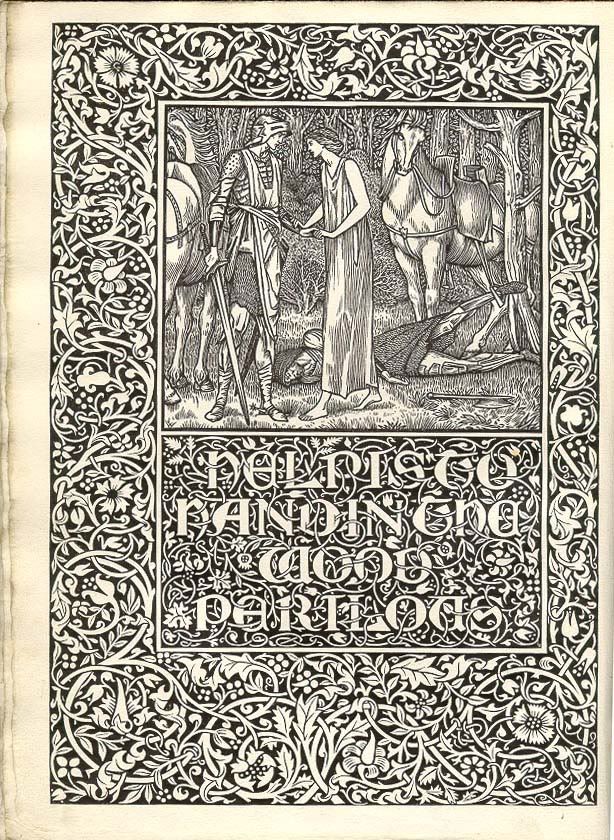
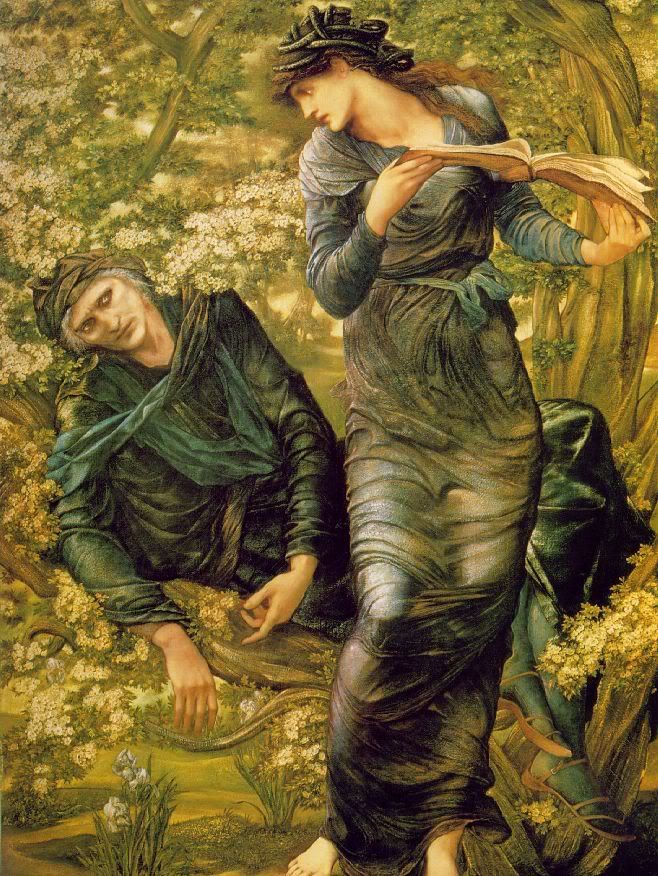
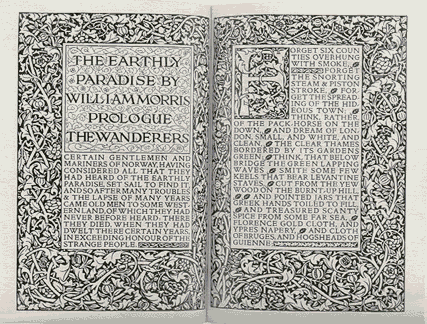
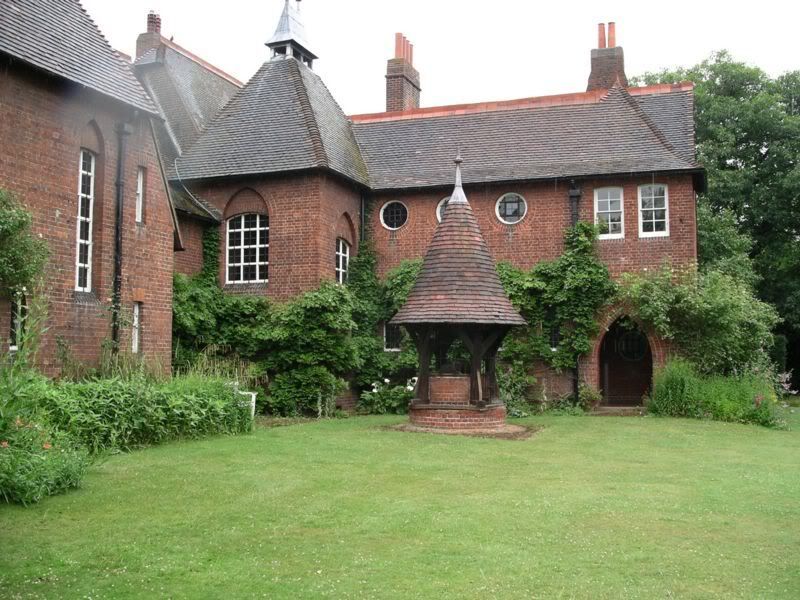
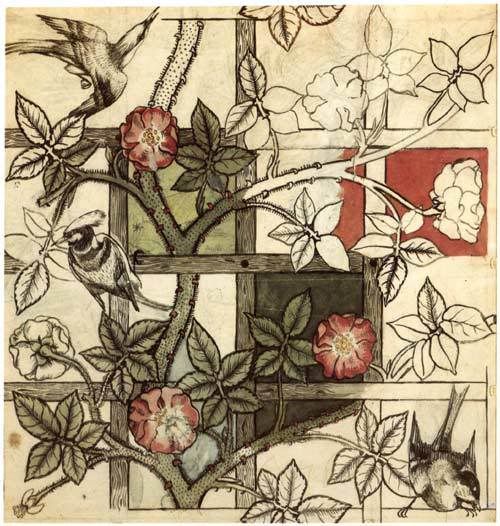

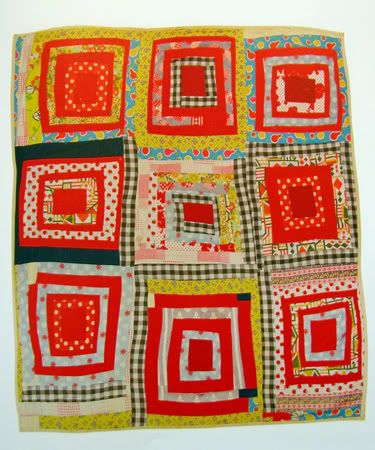

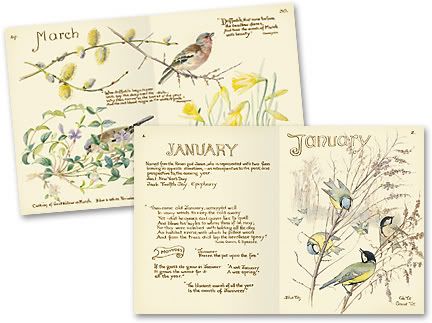



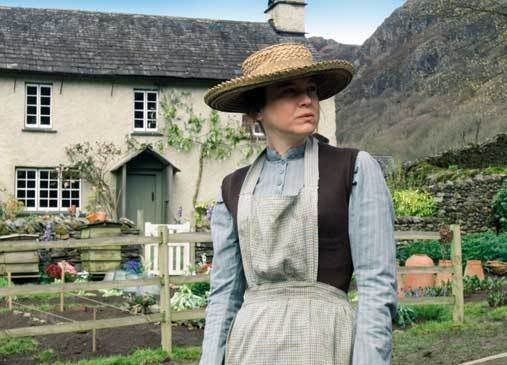


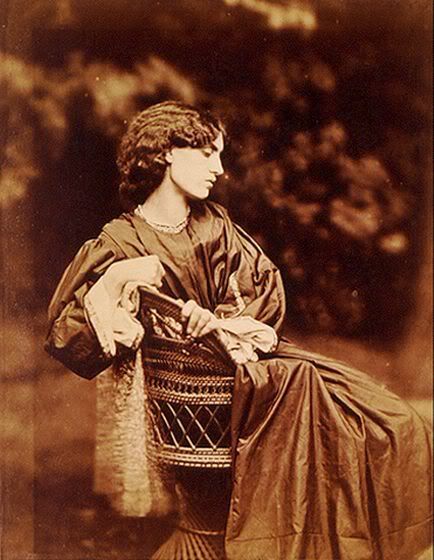
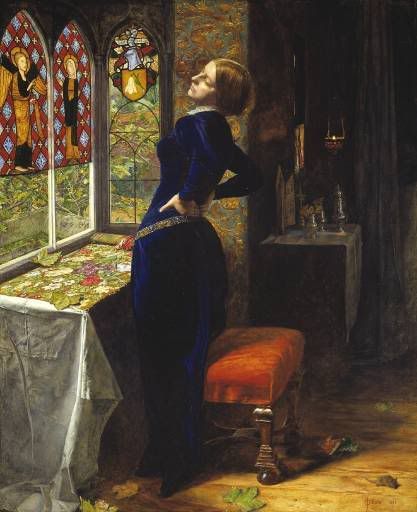
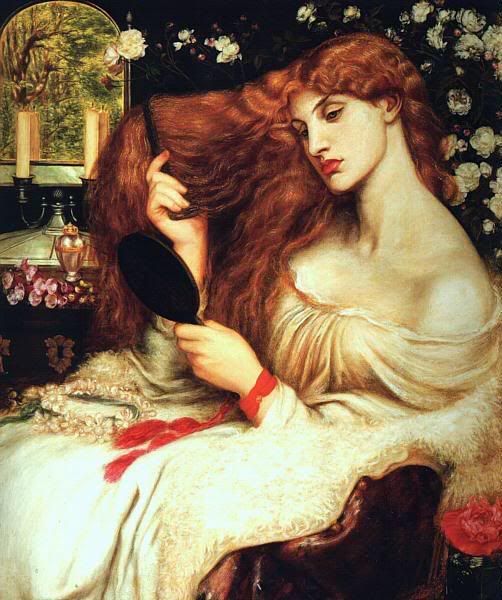

 What do you think? I think the variation of colours in this pattern are a bit more fun to work with than Sunflower.
What do you think? I think the variation of colours in this pattern are a bit more fun to work with than Sunflower.